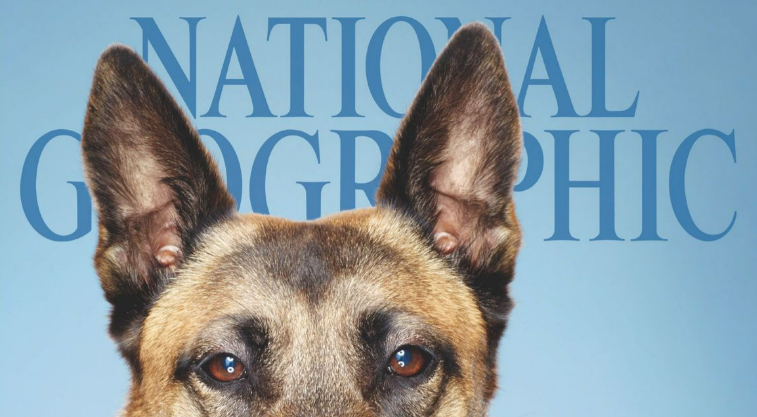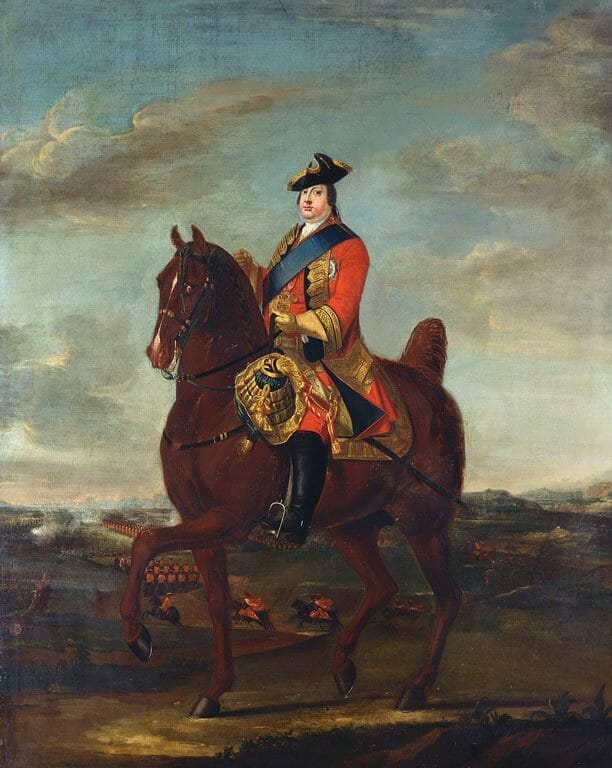By Roberta Giubilini & Puneeta Sharma, The Royal Archives
The Royal Archives was founded in 1914 and is a private archive which offers public access to historical papers for educational purposes and academic study, while protecting the personal private papers of The Queen and members of The Royal Family. Access to the Archives is the responsibility of the Keeper of The Queen’s Archives and this authority is exercised on a day-to-day basis by the Librarian as the Assistant Keeper of The Queen’s Archives. The archival collection reflects the changing world and the monarchy’s relationship to it, and contains, among its significant collection, the papers of the last Stuarts in exile, George III, George IV, and those of later monarchs and members of the Royal Family, including the correspondence and journals of Queen Victoria.
The Royal Archives at Windsor Castle, Berkshire, is home to an extensive collection of documents related to the Royal Family and the British Monarchy spanning over 250 years. There are two collections, which are the focal point of a current project: namely the papers of William Augustus, Duke of Cumberland, and the papers of the exiled Stuarts. The project consists of the surveying, conservation and digitisation of these papers, which the Royal Archives are carrying out in collaboration with Gale, a part of Cengage Learning who have employed UK Archiving to undertake the scanning.
Read more



